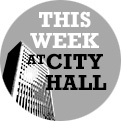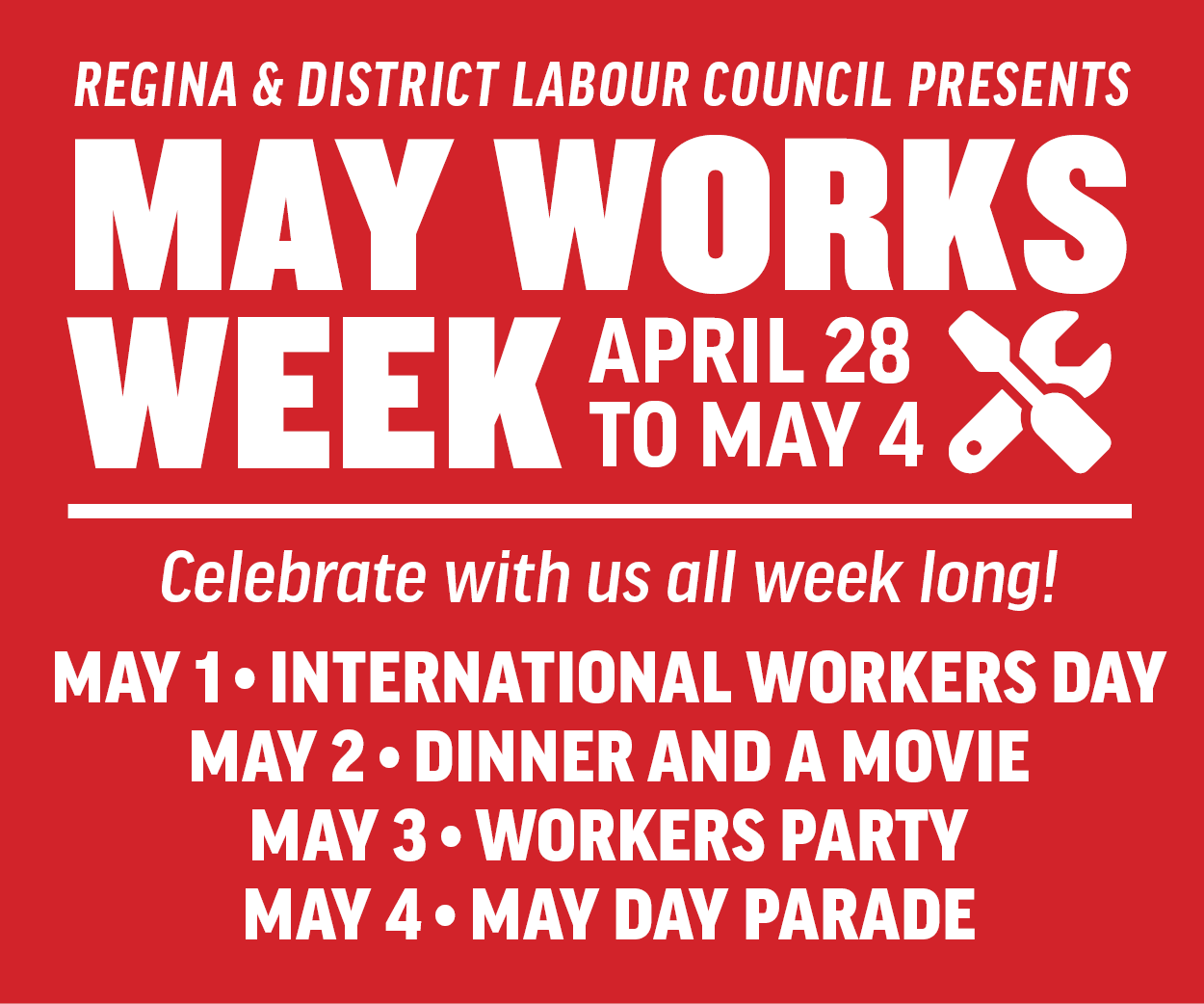 What you see above is no mere artist’s representation of what the new Roughrider stadium might look like. No, it’s an actual photograph from the future that Prairie Dog has acquired using the ChronoPhoto app for the iPhone that Steve drunk-downloaded on Friday. He’s been snapping up a storm ever since. Apparently, I’ll be completely gray in six months, City Square Plaza will be turned into a skate park, Hill Tower 4 will be just lovely and the Capital Pointe site will remain a vacant lot until the heat death of the universe.
What you see above is no mere artist’s representation of what the new Roughrider stadium might look like. No, it’s an actual photograph from the future that Prairie Dog has acquired using the ChronoPhoto app for the iPhone that Steve drunk-downloaded on Friday. He’s been snapping up a storm ever since. Apparently, I’ll be completely gray in six months, City Square Plaza will be turned into a skate park, Hill Tower 4 will be just lovely and the Capital Pointe site will remain a vacant lot until the heat death of the universe.
That’s the future, Regina. You can’t change it.
As for this particular future photo, it’s from the stadium’s inaugural game in 2017. Of course, this is after the CFL has died and been resurrected as the GFL — the Ghost Football League — where dead CFLers come back from the grave to thrill their fans for all eternity. In the foreground, you can see the gauzy outlines of Sully Glasser° and Piffles Taylor posing for photographers from the equally dead print media.
And good news! Ticket prices will come way down when all this happens because you don’t need to pay ghost players — at least, not until the Spectral Labour Fairness Act of 2128. The Riders will have never been more profitable.
And it’s a good thing, too. I imagine there will be some pretty tense days when the CFL goes under because based on the stadium financing model executive committee is considering at their meeting this very Wednesday, taxpayers are already on the hook for the vast majority of the costs of building the Riders’ new home. It’d be seriously inconvenient if the project’s lone private backer were to disappear.
And oh what a lone private backer it is. The Rider organization is coming through with $25 million over the first two years. And they will be responsible for coming up with an additional $500,000 per year in sponsorship revenue over 30 years. That’s comes to a grand total of $40 million.
According to the report going before executive committee on Wednesday, the rest of the funding for the construction of the stadium looks like this.
• $100 million loan from the Province of Saskatchewan
• $80 million grant from the province
• $67.4 city debt
• $25 million, the aforementioned Roughrider contribution
• $3.3 million for land the city is contributing to the site
• $2.5 million transfer from the city’s General Fund Reserve on Sept 17, 2012
And that comes to $278.2 million. That’s the figure council likes to pass around when it reports the size of the project.
What that leaves out are the costs of maintenance and the costs of paying off all that debt. Over the first 30 years of the stadium’s life, those costs look like this….
• $188.8 million for maintenance
• $100 million for repayment of provincial loan principal
• $63.1 million in interest payments on the provincial loan
• $67.4 million for repayment of the city’s capital debt principal
• $49.5 million in interest payments on the city’s debt
• $53.6 million in principal and interest payments on the city’s interim debt
That works out to another $522.4 million. So, when you add up initial capital costs, maintenance and debt servicing you have a $800.6 million $633.2 million project. (UPDATE: I double counted the $100 million provincial loan and the $67.4 million city loan when I first did the math. Hence the crossed out number. My apologies.)
To pay for all this, the city will be kicking in $405.6 million. Or, assuming a 200,000 population, $2,028 for every single person in the city. (Or, assuming a population down the line of 350,000, $1,159 per person. Or, assuming the actual current population of about 193,000 people, $2,102.)
Of course, the city makes a few assumptions in getting to these numbers. For instance, it assumes inflation will be 2.2 per cent for 30 years. Interest rates, they assume will run from 3.5 per cent in 2013 up to 4 per cent by 2015.
Leaving aside that interest rates and inflation have been remarkably low in recent years, through careful use of the ChronoPhoto app, Prairie Dog has been able to determine that, as with the three decades between 1983 and now, absolutely nothing is going to change over the next thirty years. Nothing unexpected will happen. There will be no crises or emergencies. Financial markets will either go up or stay stable.
It’s all smooth sailing ahead.
But city staff seemingly have yet to download this handy app because they actually ring a few notes of caution in their reports.
In their risks and constraints section, they note….
1) As part of the MOU, the City is managing the procurement process, but has assumed all risk of capital cost overruns on the project. While cost reductions would typically be achieved through design modifications, there is also a risk that the funding partner’s objectives may not be fully achieved within the facility.
2) A facility fee of $12.00 per game ticket revenue will be earned by the SRFC and submitted to the City in lieu of loan payment. It is assumed this equates to $3.3 million annual revenue. If Saskatchewan Roughrider game attendance does not meet expectations this will impact the financial model.
3) SRFC have agreed to a $25 million capital contribution to be received by the City, 50% in each of the years 2016 and 2017. If SRFC is unable to achieve this revenue target the financial model will be impacted.
4) The additional City debt identified in this financial plan could constrain the City’s ability to borrow for other major capital projects, based on the current borrowing limit of $350 million.
5) Interest rates are currently favorably low; however, if the market changes, a 0.5% increase in interest rate on a debt of $100 million, over 30 years has a $10 million additional expense affect on the financial model.
6) Maintenance costs have been assumed at 1.75% per year. However, the design and construction of the stadium could result in maintenance requirements that are higher than this rate, which is based on industry standard ranges.
7) While the financial plan and arrangements between REAL and SRFC show REAL being able to achieve a break-even financial plan for the stadium, any variance to this projection could result in a requirement for City funding to support the stadium operations.
And what happens if anything goes wrong? Staff’s report states,
“if any of assumptions in the financial model change or do not come to realization, contingent revenue options will be required, inclusive of additional mill rate increases or other revenue alternatives.”
It’s also worth noting that the report looks at the impacts of taking on so much debt with this project.
“The City will have a major debt implication borrowing up to $200.4 million by 2015 for this project. The debt decision could impact other capital infrastructure projects such as the Waste Water Treatment Plant and other capital projects that are currently unfunded, such as the North Central Shared Facility, Municipal Justice Building, major facilities, roadway and bridge projects.”
“The allocation of City debt to this project could constrain the City’s ability to borrow for other major capital projects based on current borrowing limits and where existing debt is currently committed.”
It later notes that by 2017, when you factor in money that needs to be borrowed for the waste water treatment plant and other city commitments, the city will have a total debt of $338 million — and that isn’t including the $100 million provincial loan.*
Our debt limit is currently $350 million. And our current debt is $81.6 million.
It might be worth noting that back in Sept 2012, finance committee had a look at a status report on city debt.** It showed how, as of the end of 2011, our debt burden ratio (which measures debt burden versus city expenditures) was a mere 3.2 per cent, well below the 5.0 per cent that credit rating agencies recommend a city not exceed.
It also noted that our debt capitalization ratio (how much of our capital is paid for with debt) was 7 per cent, much lower than Saskatoon, Winnipeg, Calgary and Edmonton.
And it noted that our debt service ratio (total interest and principal payments versus total revenues) was just 2.5 per cent, well below the 10 per cent that credit rating agencies say is the upper limit of safe.
Former mayor Pat Fiacco heralded these numbers as evidence of council’s sound fiscal management and proof that the city was in fine financial shape. He left office a month later with the stage set to change those numbers dramatically.
Because if you could take pictures of ratios with the ChronoPhoto app, you’d see that by quadrupling our debt load, all these ratios will explode.
And that isn’t going to do much for our AA+ credit rating. Nor for the favourable interest rates we’re relying on for the city’s repayment calculations.
——————————————-
FOOTNOTES
* For some reason I’d been working under the assumption that the $100 million provincial loan would not be counted against our debt limit. I’m pretty sure this came up near the end of last year when a preliminary report came forward about funding the stadium plan, but I don’t have time to double check that. But, according to this report, we don’t seem to know yet if the $100 million will be counted against our debt limit or not. We have to apply to the Saskatchewan Municipal Board to get a waiver. And if they turn us down we’re going to have to ask to extend our debt limit — again — to $450 million. Here’s what Wednesday’s executive committee report says,
The City’s current debt limit is $350 million and does not take into account the new revenues identified in this plan. The City will apply to the Saskatchewan Municipal Board (SMB) for an additional $100 million debt limit increase to cover the Provincial loan, or an exemption to the limit, with the understanding that the SRFC facility fee revenues will cover the loan payments. If the application is approved, the City’s debt limit would increase to $450 million, or the limit would specifically exclude the $100 million provincial loan. If not approved by SMB, the City will work with the Province to revise the financial plan.
** A report on city debt which somehow manages to never reveal what exactly the city’s debt is nor break down what manner of debt we have.
° In an earlier version of this article, the ghost of Sully Glasser was mis-identified as Frank Tripuka, who even in 2017 is ineligible to play in the GFL due to being insufficiently passed on. We apologize for any confusion.





